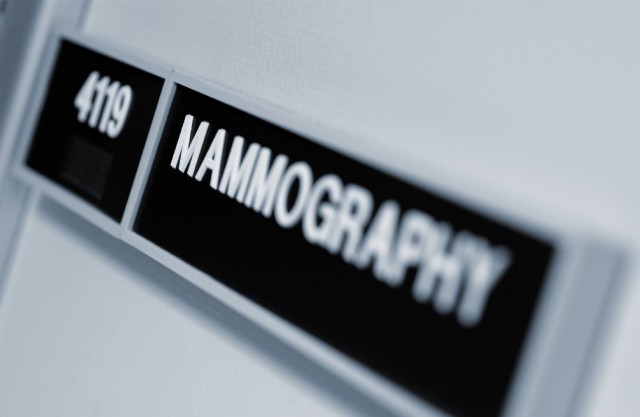That's a lot of money. But the researchers say if new guidelines for screening were widely adopted -- meaning most women would get a mammogram every other year, instead of annually -- it would result in savings in excess of $4 billion and the screening itself would be equally effective.
"People think that screening is something that it's not," Esserman says. "Screening is one of the tools that we use to reduce the risk of dying of breast cancer. It contributes some, but is not the biggest contributor to a drop in mortality. The trick is to use it well."
Looking at the costs of other scenarios for screening:
- If most women ages 40-84 got annual screening, the estimated cost is $10.1 billion
- If most women 50-74 were screened every other year -- with women in their 40s and those over age 74 screened according to risk factors -- the estimated cost is $3.5 billion (i.e., $4 billion less than is spent today)
- If the U.S. adopted the guidelines used in many European countries -- in some countries women are screened every three years -- the estimated cost is $2.6 billion
Esserman believes most American women are completely unaware that other countries have such different rates of screening -- and that they have roughly similar outcomes.
The goal, Esserman and the other authors say, is to move toward more targeted screening -- where average-risk women ages 50-74 are screened every other year and higher-risk women have more "comprehensive profiling." This approach means that doctors would look at a woman's genetic predisposition, experts would look at the best screening tests for their specific situation, they might start screening younger than age 50, and more.
Breast cancer is not just one disease, Esserman points out, and what's needed is this targeted approach. Some cancers are slow growing, some much faster. "There is plenty of money in the system to learn to figure out who's at risk for what kind of breast cancer," she says. "It's staggering."
Karuna Jaggar, executive director of Breast Cancer Action, is supportive of the study's findings. "We have a 'more is better' culture," she noted, "because the harms and limits of the test have been invisible for years."
She was pleased to see an analysis that showed "what's best for patients also reduces cost for our health care system."
Esserman's analysis was published in the Annals of Internal Medicine, where the authors of an accompanying editorial noted that the cost modeling was "reasonable and conservative." In addition, they addressed the challenge of injecting "cost into the cancer screening conversation." From the editorial:
Providers and patients are not only shielded from cost information, but some may raise concerns that the mere mention of costs is a step down the road to rationing. However, both advocates and skeptics should know the costs associated with different breast cancer screening strategies, particularly when there is so much debate about which approach is most effective.
